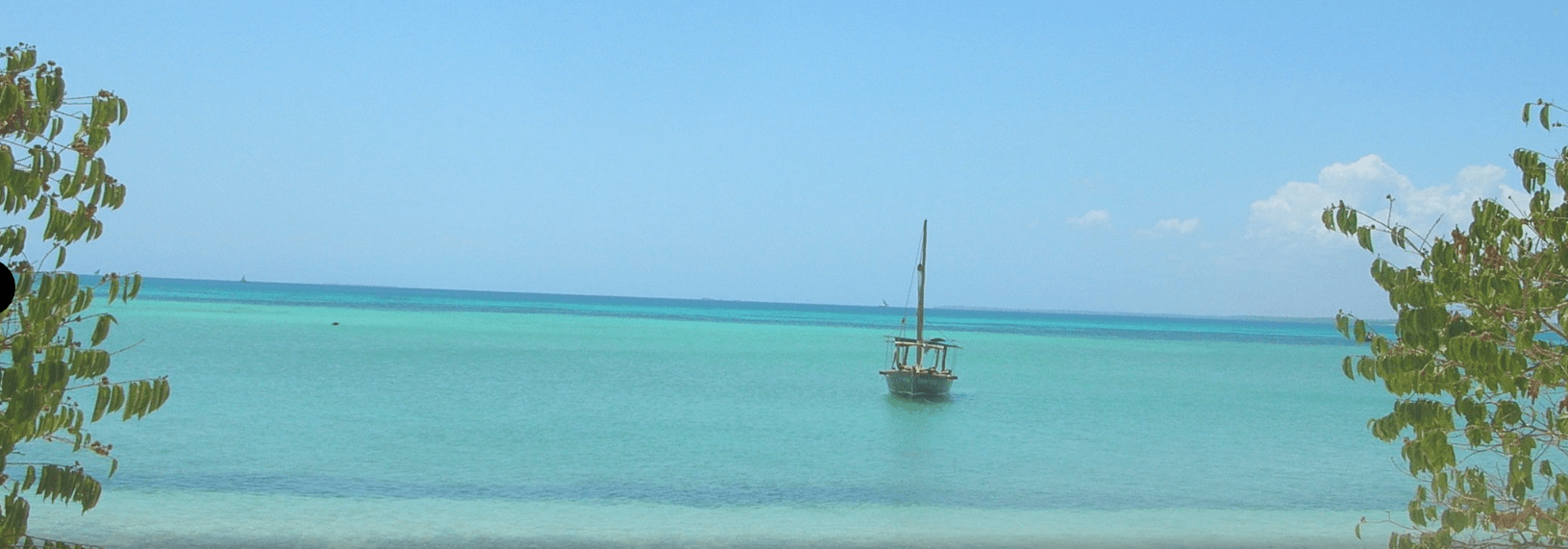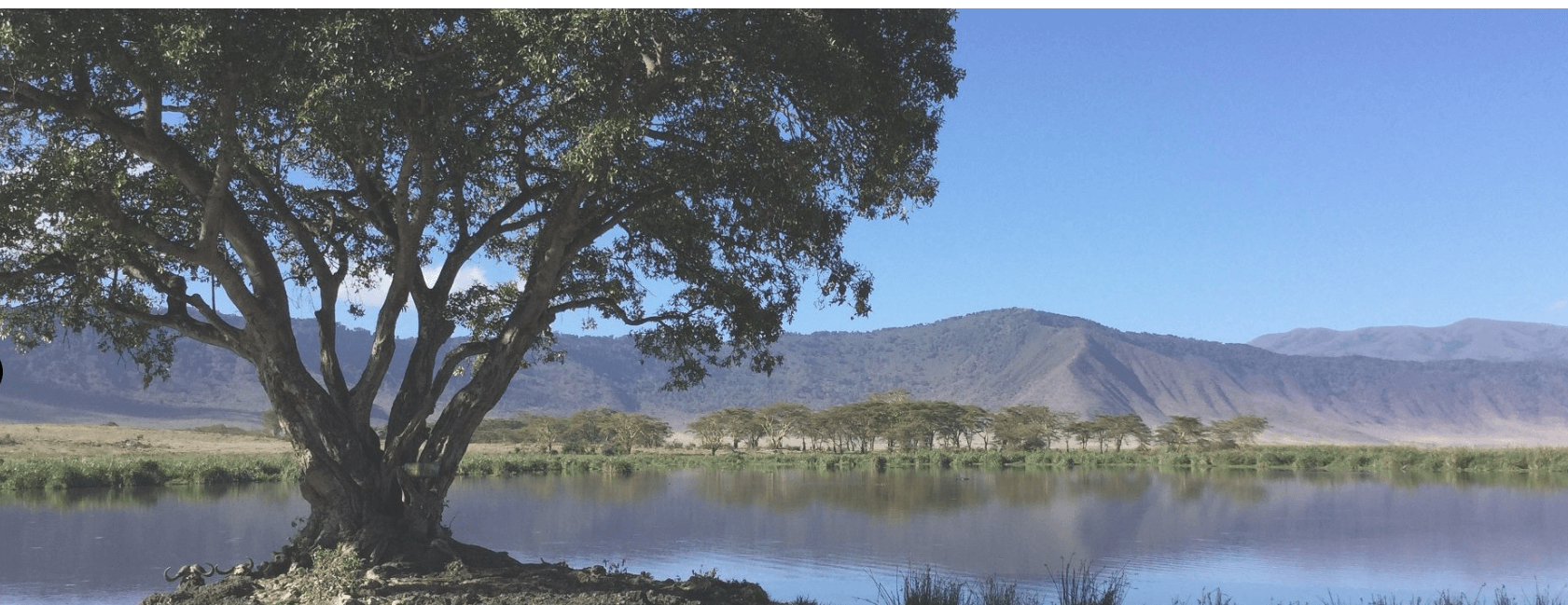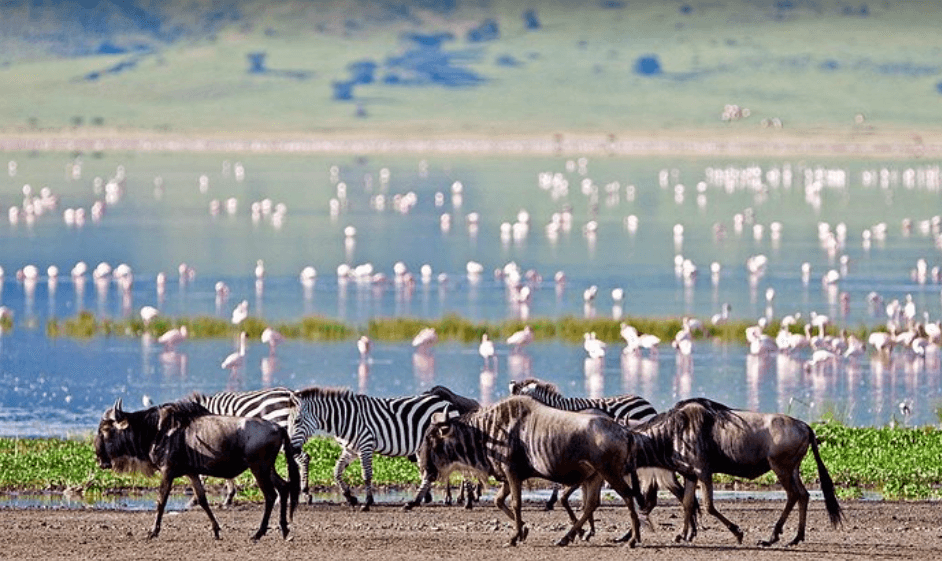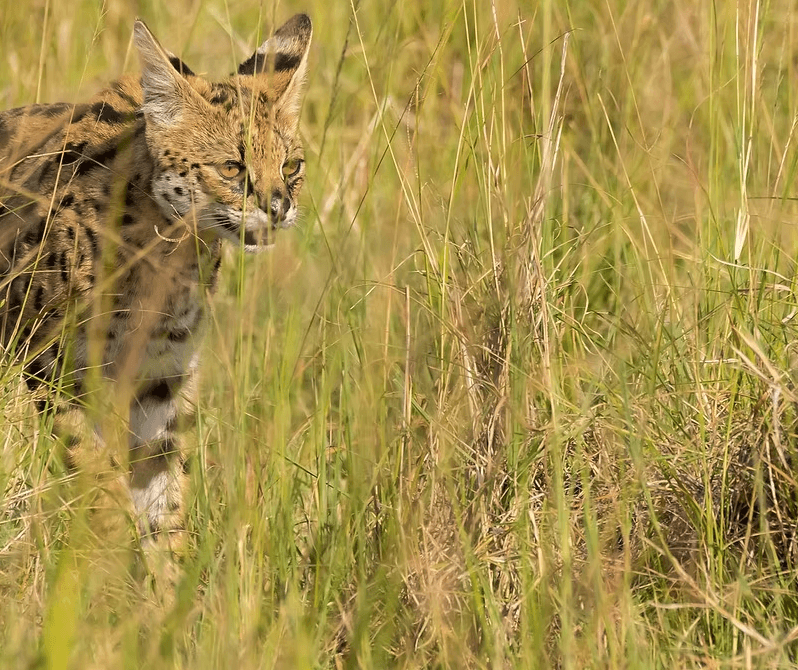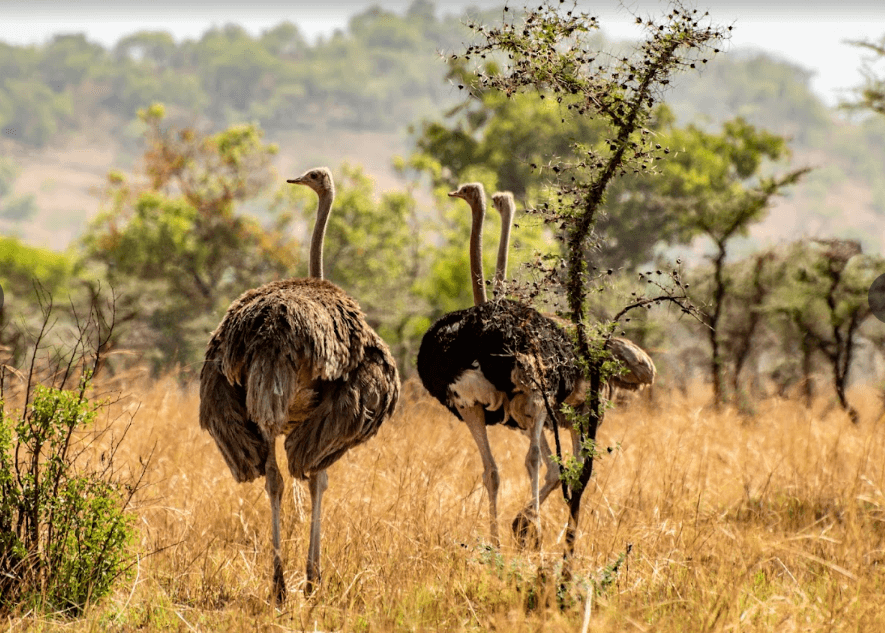Central Island National Park
Central Island National Park: A Complete Guide
Located in the heart of Lake Turkana, Central Island National Park is one of Kenya’s most unique natural wonders. Often called the “Island of Volcanoes,” this UNESCO World Heritage Site is home to three active volcanoes and several crater lakes. The lakes—Crocodile Lake, Flamingo Lake, and Tilapia Lake—harbor diverse ecosystems, creating a fascinating blend of geology and wildlife.
Despite being lesser-known than other Kenyan parks, Central Island offers an off-the-beaten-path adventure for nature lovers, photographers, and thrill-seekers. From black lava flows and emerald crater lakes to stunning lake views, this remote destination is a must-visit for those looking to explore unspoiled landscapes.
Why Central Island National Park is Important
Covering just 5 square kilometers, Central Island may be small, but its ecological significance is vast. It supports:
- The world’s largest population of Nile crocodiles, especially during the breeding season.
- Thousands of flamingos, pelicans, and cormorants, making it a birdwatcher’s paradise.
- Unique fish species that have adapted to Lake Turkana’s saline environment.
Since 1997, Central Island has been part of the Lake Turkana National Parks—a UNESCO World Heritage Site that also includes Sibiloi National Park and South Island National Park. This recognition highlights the area’s global importance in conservation and geology. The steaming volcanic vents, bubbling springs, and isolated crater lakes make Central Island a natural phenomenon unlike any other in Kenya.
How to Get to Central Island National Park
Reaching Central Island requires a mix of air, road, and boat travel. Here’s what you need to know:
By Air
The fastest way is to fly to Lodwar or Kalokol Airstrip, both located on Lake Turkana’s western shore. From Nairobi, flights to Lodwar take about two hours. From there, travelers can arrange a boat transfer to Central Island.
By Road
For adventure seekers, a road trip from Nairobi to Lake Turkana is possible but challenging. The drive covers over 700 km, with a mix of paved and rough roads.
- Most travelers drive to Loiyangalani or Kalokol and then hire a boat to reach the island.
- A 4×4 vehicle is essential, especially during the rainy season when roads become difficult to navigate.
- Though long, the journey offers breathtaking views of Kenya’s northern landscapes, including arid deserts, rocky hills, and vast savannahs.
By Boat
Once at Lake Turkana, a boat transfer is required. The trip from Kalokol, Loiyangalani, or Lodwar takes 1 to 2 hours, depending on weather conditions. Local tour operators offer boat safaris, making the ride an adventure in itself.
Top Attractions at Central Island National Park
Central Island’s three crater lakes are its biggest highlights, each offering a distinct experience:
1. Crocodile Lake
This lake is home to one of the world’s largest Nile crocodile populations. Visitors may spot crocodiles basking on the shores or swimming in the murky waters. Though caution is advised, wildlife enthusiasts and photographers will find this an unforgettable experience.
2. Flamingo Lake
A haven for flamingos, this saline lake is a vibrant pink paradise where thousands of birds feed on algae. The sight of flamingos against the dark volcanic backdrop is a dream for photographers and bird lovers alike.
3. Tilapia Lake
Unlike the other two, Tilapia Lake sustains a thriving fish population, attracting fish-eating birds like pelicans and cormorants. It’s an incredible example of how life adapts to Lake Turkana’s extreme conditions.
Activities at Central Island National Park
Beyond sightseeing, the park offers adventurous activities for visitors:
1. Hiking and Scenic Walks
The rugged volcanic terrain makes hiking an exhilarating experience. Trails lead to crater lake viewpoints, where visitors can admire Lake Turkana’s turquoise waters. The contrast between black lava rocks and green crater lakes creates an otherworldly landscape.
- Difficulty: Moderate to challenging
- Duration: 30 minutes to 2 hours
- Best Time: Early morning or late afternoon to avoid heat
2. Birdwatching
Bird lovers will be spoiled for choice, with species including:
- Flamingos, pelicans, and cormorants at the lakes
- African skimmers and terns along the lake’s shores
- Martial eagles and ospreys soaring overhead
A good pair of binoculars and a camera are must-haves for this experience.
3. Camping and Stargazing
For an immersive wilderness experience, camping on Central Island is highly recommended. The remote location ensures:
- Unmatched stargazing, with the Milky Way and constellations clearly visible.
- A peaceful, undisturbed night, surrounded by nature’s sounds.
- A raw adventure, as facilities are minimal—campers must bring water, food, and camping gear.
4. Exploring the Lava Fields
Walking through ancient lava flows is like stepping onto another planet. The black volcanic rock formations contrast beautifully with the blue waters of Lake Turkana. This is an excellent spot for photography and understanding Kenya’s volcanic history.
Where to Stay Near Central Island National Park
Since Central Island is remote, accommodation is mainly found along Lake Turkana’s shores. Options include:
1. Lobolo Camp (Luxury)
- Located on the western shore of Lake Turkana
- Spacious tented accommodation with lake views
- Offers guided excursions to Central Island
2. Malabo Resort (Mid-range)
- Located near Loiyangalani
- Comfortable rooms with essential amenities
- Perfect for visitors exploring Lake Turkana and Central Island
3. Camping on Central Island (Budget)
- Basic campsite, requiring visitors to bring their own supplies
- Ideal for adventurers seeking solitude and stargazing enthusiasts
Frequently Asked Questions (FAQs)
1. What is the best time to visit Central Island National Park?
The dry season (June–September and January–February) is ideal, as the weather is stable, and Lake Turkana’s waters remain calm for boat transfers.
2. Is it safe to visit Central Island?
Yes, but caution is required due to Nile crocodiles at Crocodile Lake. It’s advisable to travel with a guide and avoid walking too close to the water.
3. What should I bring when visiting?
Essentials include:
Sunscreen & hat (temperatures can be extreme)
Sturdy hiking shoes (volcanic terrain can be rough)
Sufficient drinking water & food (limited facilities)
Binoculars & camera for birdwatching and photography
4. Are entry permits required?
Yes, permits can be obtained from the Kenya Wildlife Service (KWS). If booking through a tour operator, they typically handle the process.
5. Can I swim in the lakes?
No, swimming is not recommended, especially in Crocodile Lake, due to high crocodile populations. Additionally, the saline water may be uncomfortable for swimming.
Why Central Island National Park is a Must-Visit
Central Island National Park offers a one-of-a-kind safari experience with its volcanic landscapes, rare wildlife, and remote beauty. Whether you’re an adventurer looking for a thrilling hike, a birdwatcher hoping to spot flamingos, or a nature lover wanting to explore Kenya’s hidden gems, this island delivers an unforgettable journey.

